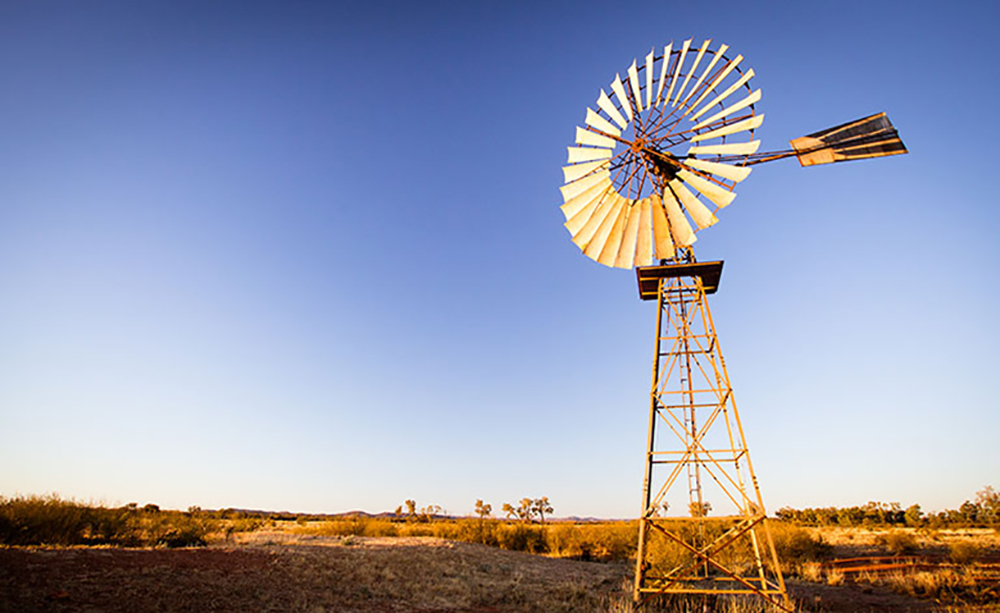Elders Rural Property Update has been released today, analysing the movement of rural property values for quarter one of 2022. The report shows the sector remains strong nationally with very tight supply and high confidence, despite rising interest rates.
Key points of the first quarter (Q1) update include:
- Transaction volume tightened significantly, decreasing nationally by 29.6 per cent (pc) in Q1-2022 to 1,513, totalling $2.6 billion.
- National median price per hectare (ha) decreased slightly by 2.5 pc to $2,442/ha.
- Despite a decline in median price per ha, the rolling one-year trend remains positive, increasing by 5 pc to $7,413/ha.
The report shows a decline in median price per hectare in five of the seven states and territories analysed in Q1-2022. However, the quarter-on-quarter decline was primarily due to a greater proportion of transactions in lower priced cropping dominant regions, which is historically common for Q1. Tasmania recorded the largest decline in median price per hectare, down 30.4 pc followed by Western Australia down 12 pc.
Importantly, the one year rolling median price per hectare increased for every state and territory in Q1-2022, highlighting strong underlying demand. Victoria led the way with a 9.5 pc increase followed by a 6.5 pc increase in Queensland.
Optimistic outlook, high commodity prices and good growing conditions are driving continued interest from investors and established growers seeking to expand their mixed farming operations. This has played out in the data across several states, particularly NSW with a strong increase in median price per hectare of 13.1 pc.
State Real Estate Manager NSW Richard Gemmell, attests to the quarter’s growth, saying “properties of scale, diversity and the ability to integrate into existing portfolios have been highly sought after in 2022.
“Existing landowners with a carbon neutral mandate have been active in the market and this trend will likely continue.”
The fundamentals of the rural property market remain strong, and as expected interest rates have started to increase in response to rising inflation. However, the increase in interest rates is coming from a low base and has been largely offset by gains in commodity prices particularly for grain and beef. Both remain well above year ago levels and will remain the driving force in the rural property market across Australia.
Also, rural land is generally considered a hedge against inflation as prices rise demand generally falls for most products except food. This may see greater interest for rural land from institutional and corporate investors.
Executive General Manager Real Estate Tom Russo says the outlook for Australian production remains positive, with a potential for production of grain and beef to increase alongside comparatively high prices.
“This scenario is obviously tempered by an increase in input cost prices however we expect profitability to remain high in 2022 and into 2023 which will aid buying power when it comes to rural property,” says Mr Russo.
“Overall, we expect property prices to continue to increase in the second half of 2022 driven by tight supply and high confidence across most agricultural sectors.
“The continuation of strong market fundamentals for most Australian farmland outputs and demand for product is cementing confidence from experts, farmers and investors alike. Second and third quarter updates will tell us if this prediction plays out as we expect.”
Elders source transactional level data for every rural property sale above 40 hectares in Australia from Corelogic before undertaking in-depth analysis to remove non-agricultural land uses and statistical outliers. Analysis and commentary is provided by Elders’ national network of rural real estate experts.
